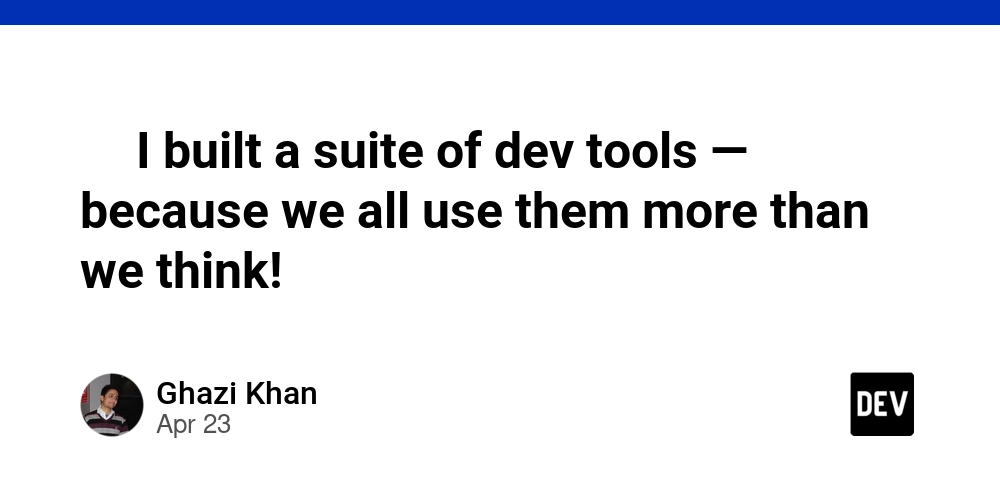
Build Your Own Dynamic Pricing Table: Tailwind CSS & Alpine.js Tutorial
Want to showcase your product's value with a sleek, interactive pricing table? This guide breaks down how to build one using the powerful combination of Tailwind CSS for beautiful styling and Alpine.js for seamless interactivity.
We'll walk you through crafting a responsive pricing table component that not only looks great but also captivates your audience. Let's dive in!
Why Choose Tailwind CSS and Alpine.js?
Tailwind CSS provides a utility-first approach to styling, allowing for rapid development and customization. Alpine.js, a lightweight JavaScript framework, brings reactivity and dynamic behavior to your pricing table without the bloat of larger frameworks. This combination is perfect for creating interactive elements with minimal code.
Setting Up Your Project for a Dynamic Pricing Table
Before we start coding, make sure you have Tailwind CSS and Alpine.js integrated into your project. You can include them via CDN or install them using npm. Here's a quick example of how to use CDN links:
Structuring the HTML with Tailwind CSS
Let's start with the basic HTML structure of our pricing table. We'll use Tailwind CSS classes to handle the layout, typography, and styling.
This creates a container with a gray background and sets up a responsive grid layout for our pricing plans.
Creating a Pricing Plan Card
Now, let's create a single pricing plan card. We’ll focus on creating an engaging card with key features, pricing, and a call-to-action button.
This card includes a title, description, price, features, and a call-to-action button, all styled with Tailwind CSS classes.
Adding Interactivity with Alpine.js
Let's add some interactivity to our pricing table using Alpine.js. A common example is highlighting a plan on hover.
Here, we use Alpine.js to track the hover state of the card. When the user hovers over the card, it scales up slightly, creating a nice visual effect. This simple example shows how Alpine.js can enhance user engagement on your dynamic pricing table.
Dynamic Content with JavaScript Arrays
To make our pricing table truly dynamic, we can populate it with data from a JavaScript array. This allows us to easily manage and update our pricing table components without modifying the HTML directly. Consider this example:
You can then iterate through this array in your HTML (using x-for in Alpine.js) to generate the pricing plan cards dynamically.
Making It Responsive
Tailwind CSS makes responsiveness a breeze. Using prefixes like sm:, md:, lg:, and xl:, we can define different styles for different screen sizes. The initial HTML structure already contains responsive grid settings:
This ensures that the pricing table adapts to various screen sizes, providing a seamless user experience on all devices.
Elevate Your Pricing Table with These Tips
- Highlight the Most Popular Plan: Use a visually distinct style to draw attention to your most popular plan.
- Toggle Between Monthly and Yearly Pricing: Implement a toggle using Alpine.js to switch between monthly and yearly pricing options. This provides flexibility and caters to different customer preferences.
- Add Customer Testimonials: Include customer testimonials to build trust and credibility.
Conclusion: Your Path to an Engaging Pricing Table
By combining Tailwind CSS and Alpine.js, you can create a responsive, interactive, and visually appealing pricing table that drives conversions. This is a great way to present your pricing information in a modern way. This detailed tutorial provides a solid foundation for building your own dynamic pricing solutions. Remember to tailor the design and functionality to match your specific needs and brand.























